12.05.2021
A tale of darkness and light — Alkistis Mavrokefalou
Εικαστικες Τεχνες
Γλώσσα πρωτότυπου κειμένου: Αγγλικά
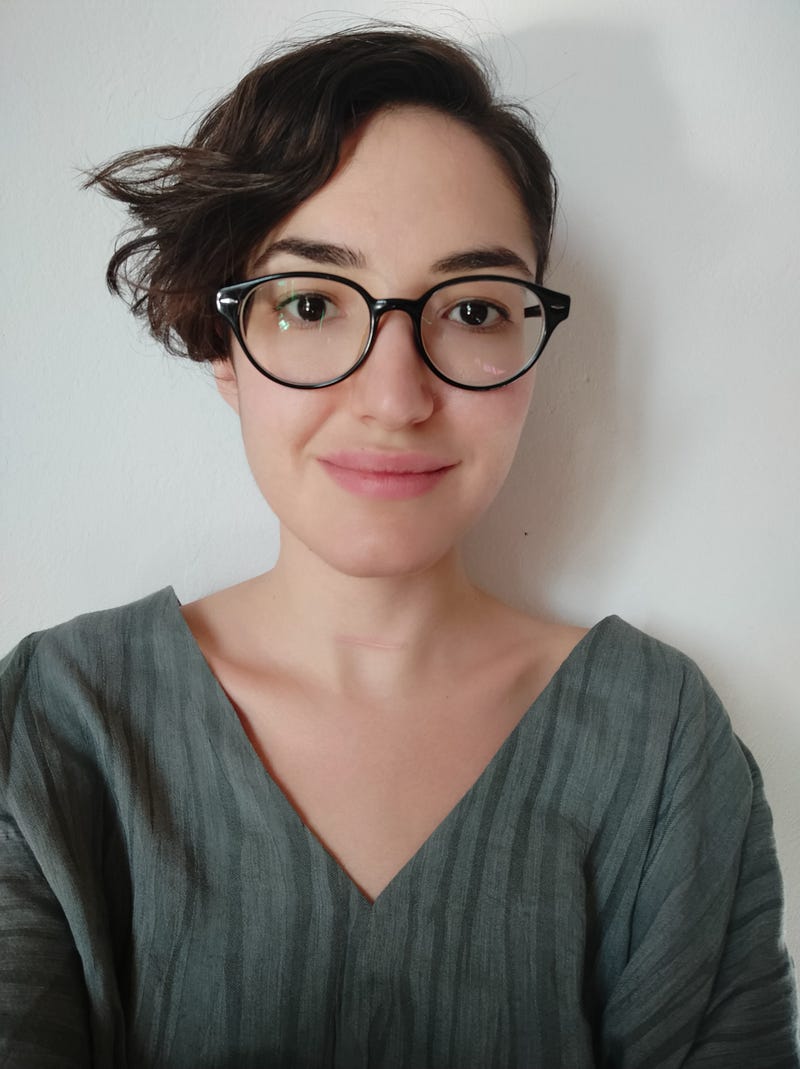
What I am proposing to read Alkistis Mavrokefalou’s work is a curious short story of darkness and light. It is a story that begins with some of contemporary philosophy’s darkest and nihilistic lines about civilisation, western thought and even humanity as a whole brought to us by Emil Cioran. There is one specific passage from his “A short history of decay” which I want to go back to:
“What complicity, what bonds extend us into an intimacy with time? Life would be intolerable without the forces that deny it.”
(Emil Cioran, “Certain Mornings” in A short history of decay, 1949)
To approach the writing and thought of Cioran today, an age in which even during a global epidemic we cannot rid ourselves of a fundamental ideology of optimism, is not easy but possibly so ever more necessary. And neither is it always comfortable to talk about death, decay, and the inevitable withering of our bodies. The latter akin to a deadly sin in a society still very much focused on glorifying an ideal and perfection. Now that the theme of the story is set, let’s look further into Mavrokefalou’s works to understand how approaching such themes today may be a generative and reassuring space for a delicate and yet sober reflection on time and its passing.
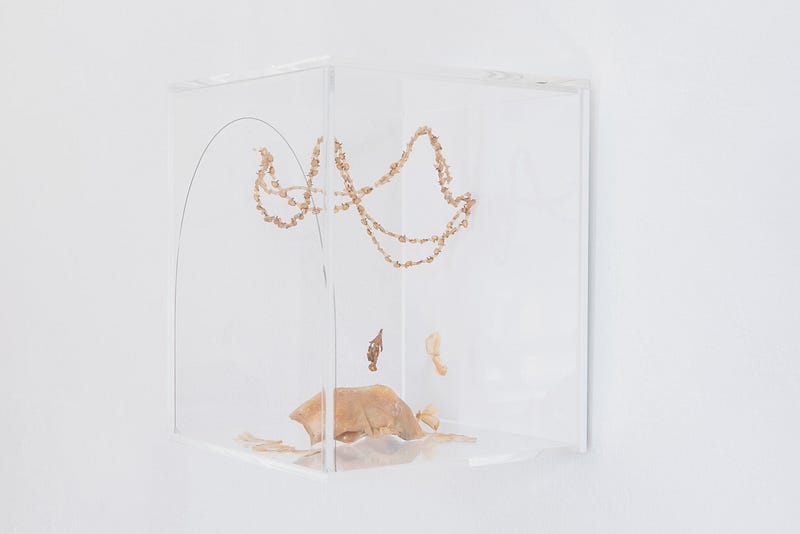
What first struck me in the encounter with Mavrokefalou’s work was the lightness and filigree appearance of her works, almost imperceptible in a room otherwise filled with the many strong statements by other artists that asked, almost demanded attention by the viewers. It was however clear that that delicacy was not a sign of someone afraid to raise their voice but rather of someone, convinced by their own subject that poetry was the only possible language to talk about such a dense and critical subject. I left the room thinking, hoping I dare say, that the person behind them was not only aware of the importance of such gesture but also driven to a methodical and thorough research on the subject. Our conversation not only confirmed this but gave me a beautiful insight into the genesis of her interests. The work I had seen, and I later found out being part of a much larger research, was composed of miniscule elements of organic material, exoskeletons of various insects, composed through “invisible” threads suspending them both space and in time. Born over many years of gathering of cicadas, bees and other insects’ bodies, her work is not only a celebration of life and death as a cyclical process, but also an ode to specific memories crystalised in the decaying material. Specifically, one linked to the place in which most of these were gathered, an old family home in the countryside, and by extension of the people who inhabited it.
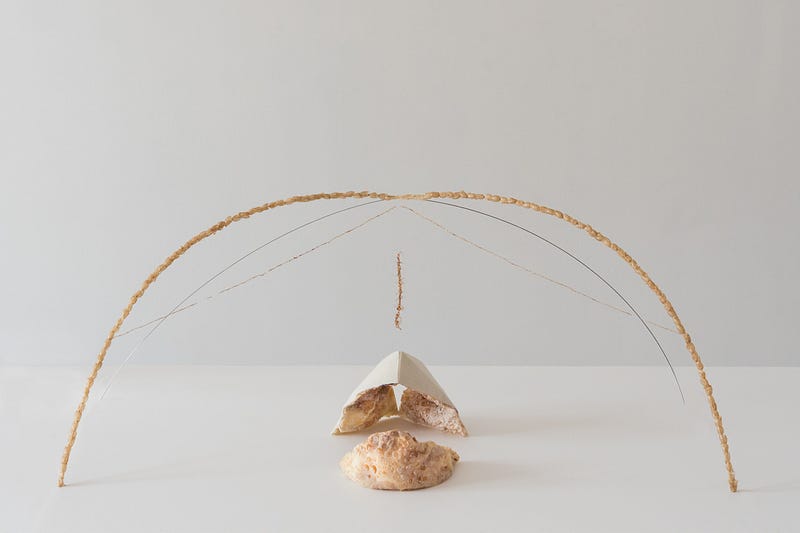
By now both subjects, darkness and light, appear clear to all readers. What happens next in the story though is what makes this special and extremely relevant in these times. At first the two might appear antithetical, on the one hand the dark nihilistic thought of a philosopher that lived through the bleakest moments of the XX century and the lightness of a romantic memory brought to us by an artist. What is indeed true is that these two fuse together in what emerges as a reassuring reflection about our own time, our own limits both physical and of thought. Mavrokefalou’s research, founded on a profound interest in biology and anatomy developed while studying in Oxford, brings about works which embrace memories in their fragility and at the same time, by using bodies which through their decay would join the natural cycle of creation and destruction, are a reassuring reminder of the fact that all things, life included, are merely a glimpse. Now you may argue, that Cioran would have argued that all life is unimportant anyways, and thus also the memories Mavrokefalou so crucially links to her works. But this exactly is the touching point between these two reflections on decay and death. Both deal with the subject and seem to be utterly aware of the limits this thought brings, but in both, we also find a reassuring reason to live, be it only the expectation of the passing of this state.
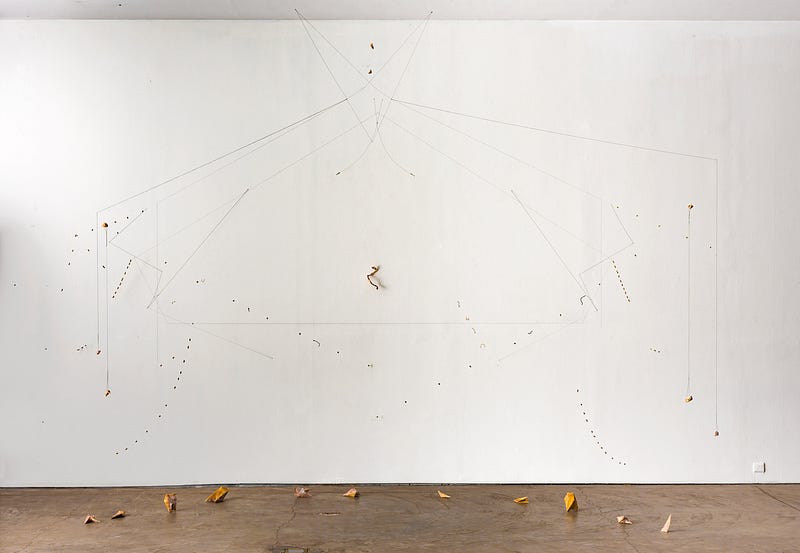
There is a final element in Mavrokefalou’s work which helps to bring this tale to its balanced conclusion between darkness and light, and it comes from a possibly somehow unexpected yet comfortingly rational field: geometry. Most of her structures are indeed composed through carefully thought geometrical patterns, sometimes borrowing from other elements such as organs, others creating repeating and reflecting rhythms. This element is possibly the key for our appreciation of the works, as it allows our minds to follow the thought and actions of Mavrokefalou beyond the individual elements of her installations; possibly also making sense of the overall reflection on life she approaches. Far from resembling the kind of ideal of beauty and inherently young bodies we are fed by media and advertisement, these ideal abstract forms turn her works into meditative spaces in which the darkness of decay can meet the light of relief of its consideration.
The product of these encounters are works in which the melancholy for a past memory and its impossibility of return give us a reassuring sense of the ephemerality of life. A beautiful coming together of Mavrokefalou’s lightness and the darkness with which we opened this text.
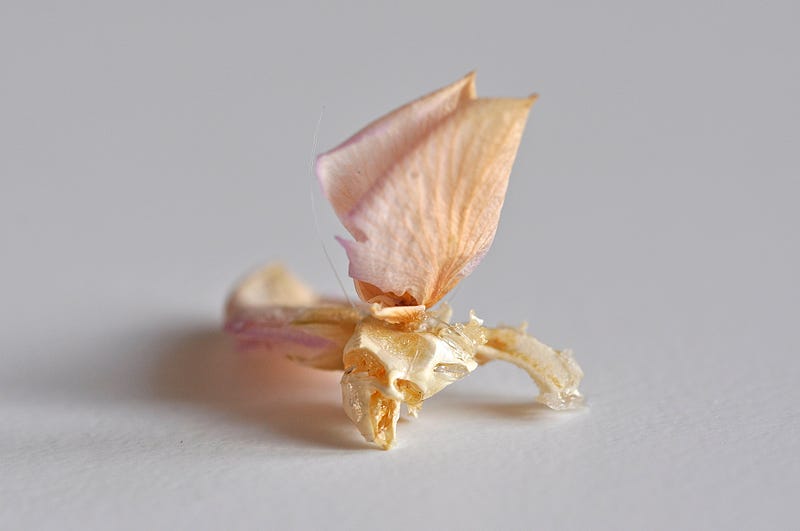
Christian Oxenius is a German-Italian independent curator, author and researcher living between Athens and Istanbul. His academic background in sociology and urban studies led him to pursue a PhD at the University of Liverpool on biennials as institutional model, during the course of which he established collaborations with Athens, Liverpool and Istanbul Biennial; during this period, he developed a particular interest in artists’ communities and storytelling. His research into experimental writing on art has resulted in a number of exhibitions and publications of international relevance.



